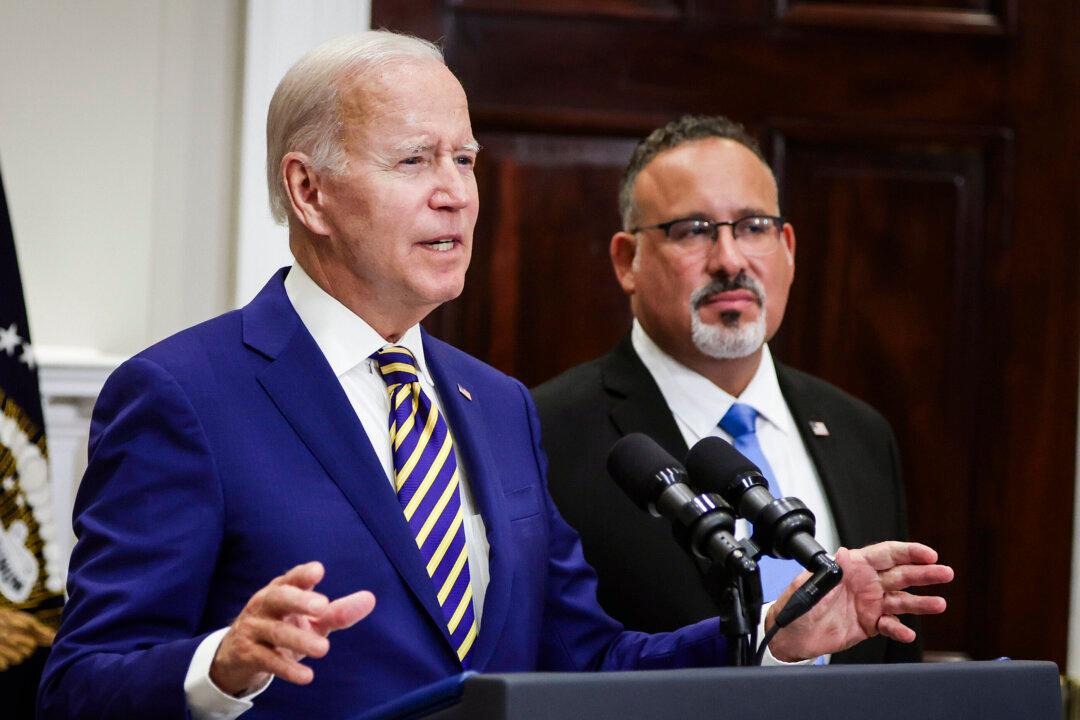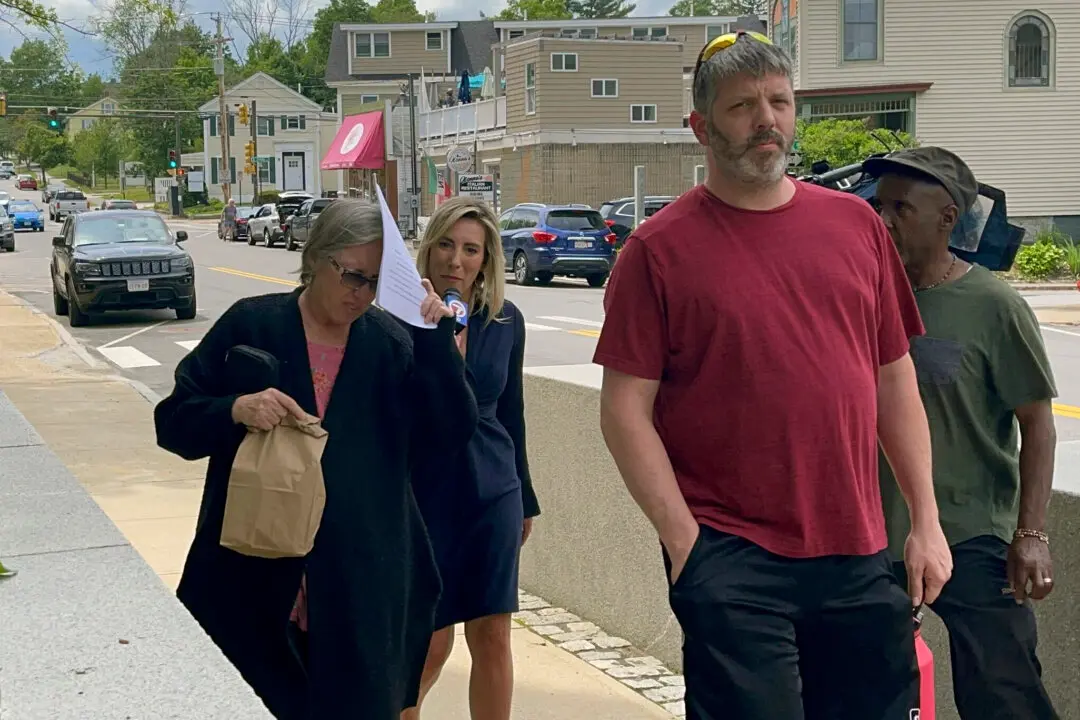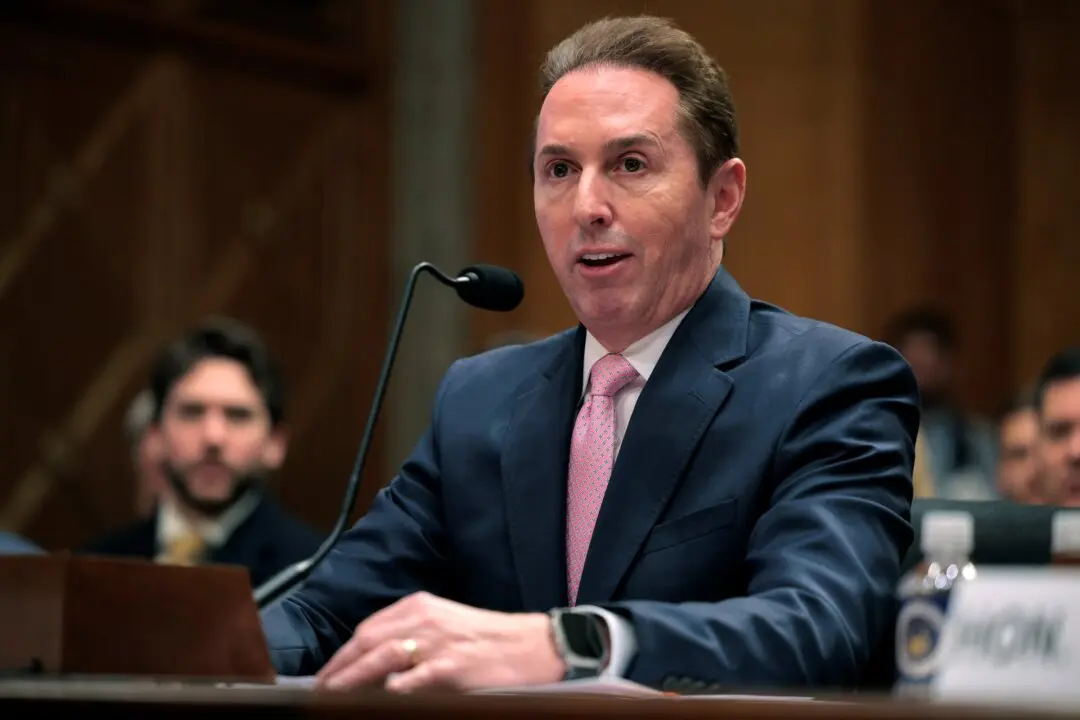The Biden administration has issued a last-minute extension of a program offering federal student loan borrowers in default a chance to regain good standing, but they must act fast to be included.
The original deadline of the U.S. Department of Education’s “Fresh Start” program was Sept. 30, but borrowers now have all day Tuesday Oct 1 and until 3 a.m. ET on Wednesday to apply due to web issues that slowed online applications.





